
US Toy Safety Standards
According to the U.S. federal regulation 16 CFR §1501.4, small parts are defined as any object that can fully fit into a specially designed test cylinder measuring 2.25 inches long by 1.25 inches wide. This approximates the fully expanded throat size of a child under 3 years old. Depending on the type of product and the applicable age group, toys and other children’s products containing small parts are subject to various restrictions and requirements in the U.S., including bans and mandatory warning labels.
This article outlines key U.S. compliance requirements regarding small parts that manufacturers and importers must be aware of, with a focus on 16 CFR §1500, 16 CFR §1501, the Consumer Product Safety Improvement Act (CPSIA), and ASTM F963.
Products Subject to Small Parts Bans and Warning Label Requirements
According to the U.S. Consumer Product Safety Commission (CPSC), products containing small parts that are intended for children under 3 years old are subject to a small parts ban.
Additionally, products with small parts that are intended for children aged 3 to 8 must carry warning labels.
Small Parts Ban: Ages 0–3
Under 16 CFR §1501, toys and products containing small parts are banned for use by children under 3, due to the choking, breathing, or swallowing hazards caused by:
- Products being too small, or
- Small parts/components detaching during normal use.
Examples of banned products include but are not limited to: wind chimes, music balls, plush toys.
Small Parts Warning: Ages 3–6
Warning label requirements apply to certain products intended for children aged 3–6 that contain or may contain small parts.
Small Parts Warning: Ages 3–8
Warning labels are required for small balls and marbles intended for children aged 3–8.
Small Parts Warning: Ages 8–12
Warning labels are required for latex balloons intended for children aged 8–12.
Definition of Small Parts in the U.S.
As mentioned above, the definition of "small parts" is provided in 16 CFR §1501.4. The test cylinder simulates the size of a child’s expanded throat. Specifically, a small part can be:
- A complete toy or object,
- A component of a toy, game, or other item, or
- A fragment of a toy or item that detaches during use-and-abuse testing.
Are Toys and Children’s Products with Small Parts Completely Banned in the U.S.?
16 CFR §1501 designates certain small toy items or products with small parts as banned hazardous substances, including items like: infant rattles, beach toys, and preschool puzzles intended for children under 3.
However, the regulation exempts certain products from small parts requirements, including: balloons, books and paper products, writing instruments (e.g., pencils), children's clothing and accessories (e.g., buttons), feeding products (e.g., utensils), grooming products (e.g., toothbrushes), hygiene items (e.g., diaper pins), records, modeling clay, paint sets, rattles, and pacifiers.
Note:
- Rattles must comply with the physical requirements under 16 CFR §1510 to prevent choking hazards.
- Pacifiers must also comply with small parts testing under 16 CFR §1511.
Products Requiring Small Parts Warning Labels in the U.S.
According to 16 CFR §1510, certain children’s products (whether they are small parts, contain small parts, or pose similar risks) must carry a warning label to alert consumers purchasing for children aged 3–8 of potential hazards.
Examples of Such Products:
- Small balls
- Marbles
- Balloons
- Toys or products containing small parts, balloons, or marbles
Warning Label Requirements:
According to 16 CFR §1500.19, these products must bear specific warnings that include:
- A warning icon or symbol
- The word “WARNING” in all capital letters
- The phrase “CHOKING HAZARD” in all capital letters
How to Determine the Appropriate Age Group for a Product
CPSC has established guidelines to assess which age group a product falls under. These are detailed in the CPSC Age Determination Guidelines, specifically in “Table 2: Definitions and Evaluation Criteria.” Factors include:
- The manufacturer's intended use for the product
- How the product is advertised and marketed
- Whether consumers can reasonably identify the product as being designed for children
CPSC defines age group categories as follows: Birth–3 months, 4–7 months, 8–11 months, 12–18 months, 19–23 months, 2 years, 3 years, 4–5 years, 6–8 years, 9–12 years.
ASTM F963 Requirements for Small Parts
The ASTM F963 standard (Standard Consumer Safety Specification for Toy Safety) issued by the American Society for Testing and Materials addresses small objects in Section 4.6.
Although ASTM's website doesn’t detail this section, the CPSC’s Toy Safety Business Guidance provides examples. Specifically, oral toys intended for children under 3 must not release loose parts during testing and must meet the requirements of 16 CFR §1501.
Should the Warning Be Printed on the Product or Packaging?
According to 16 CFR §1500.19, the warning or label statement must be printed on the principal display panel of the immediate container and, if necessary, on any other container or packaging.
Small Parts Testing Method
Testing laboratories must use the small parts test cylinder specified in 16 CFR §1501.4 (2.25 inches long by 1.25 inches wide) to determine whether a part qualifies as a small part or is part of a product containing small parts.
This size simulates the approximate diameter of a fully expanded throat of a child under 3. Any part that fully fits inside the cylinder poses a high choking risk and will not pass the test.
Additionally, 16 CFR §§1500.51 and 1500.52 include use-and-abuse testing that simulates handling by children aged 0–18 months and 18–36 months. If a product breaks into small parts during this testing, it fails.
Note: ASTM F963 refers to the same testing methodology.
Amazon Requirements for Small Parts and Warnings
Amazon’s Seller Central page for CPSIA Choking Hazard Warnings and Material Content Limits includes the same warning declarations required under 16 CFR §1500.19 for small parts, small balls, and marble-containing products.
When applying the warning, the statement must clarify that the product “contains” or “is” a small ball or marble to avoid consumer confusion.
How to Ensure Suppliers Apply the Correct Warning
As an importer, it is recommended to first evaluate whether the supplier’s products fall within the relevant age group—and whether they contain small parts. This applies to all products, including OEM and ODM products.
For labeling, importers should provide suppliers with correct and compliant warning label files (including placement, size, and color) that can be printed or affixed directly to products. This helps prevent compliance issues due to misinterpretation of regulations by overseas suppliers who may not fully understand the requirements due to language differences.
Email:hello@jjrlab.com
Write your message here and send it to us
 Amazon and Temu Require FCM Test Reports
Amazon and Temu Require FCM Test Reports
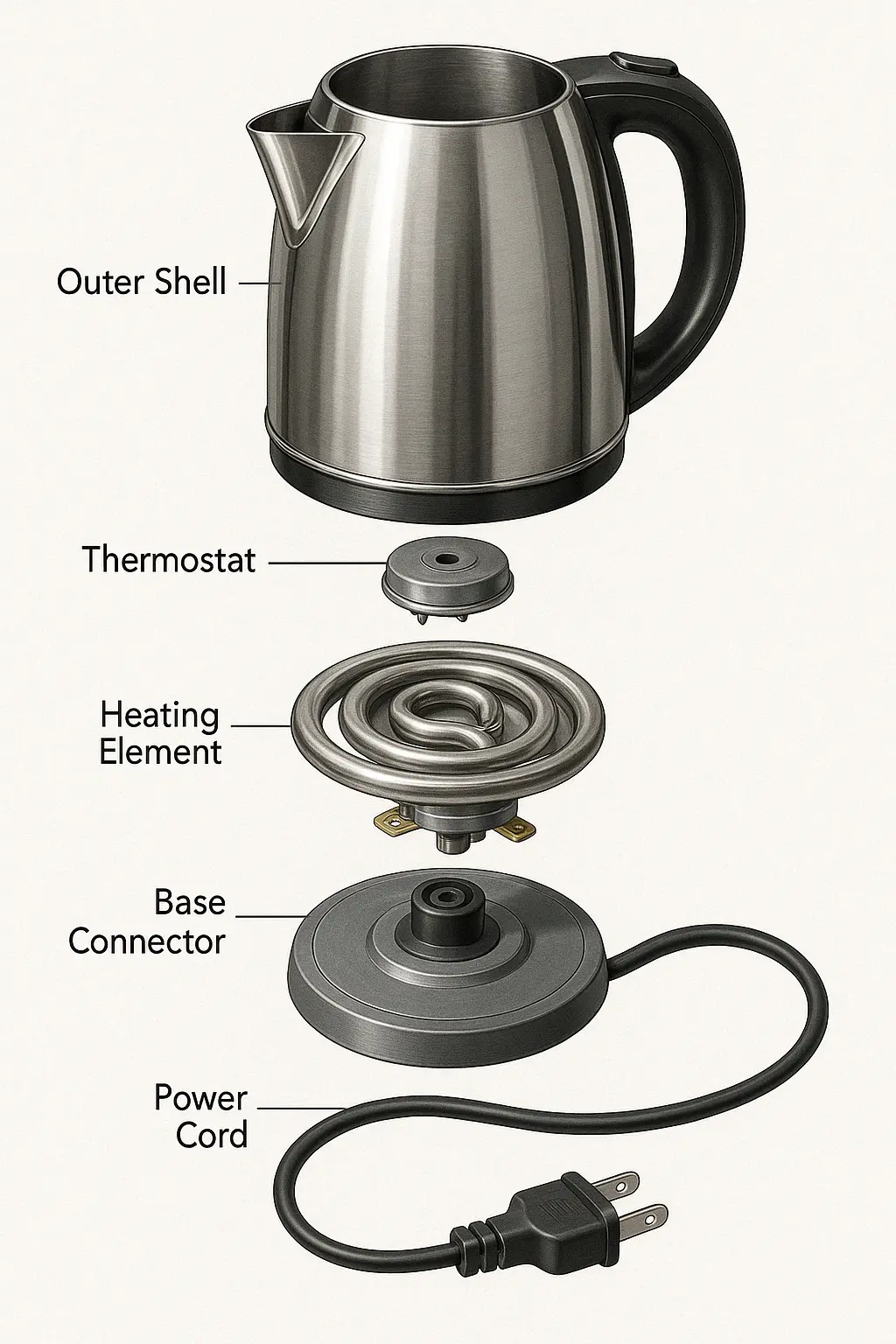 Electric Kettle Amazon Canada Compliance Certifica
Electric Kettle Amazon Canada Compliance Certifica
 Do You Understand Amazon Compliance Certification?
Do You Understand Amazon Compliance Certification?
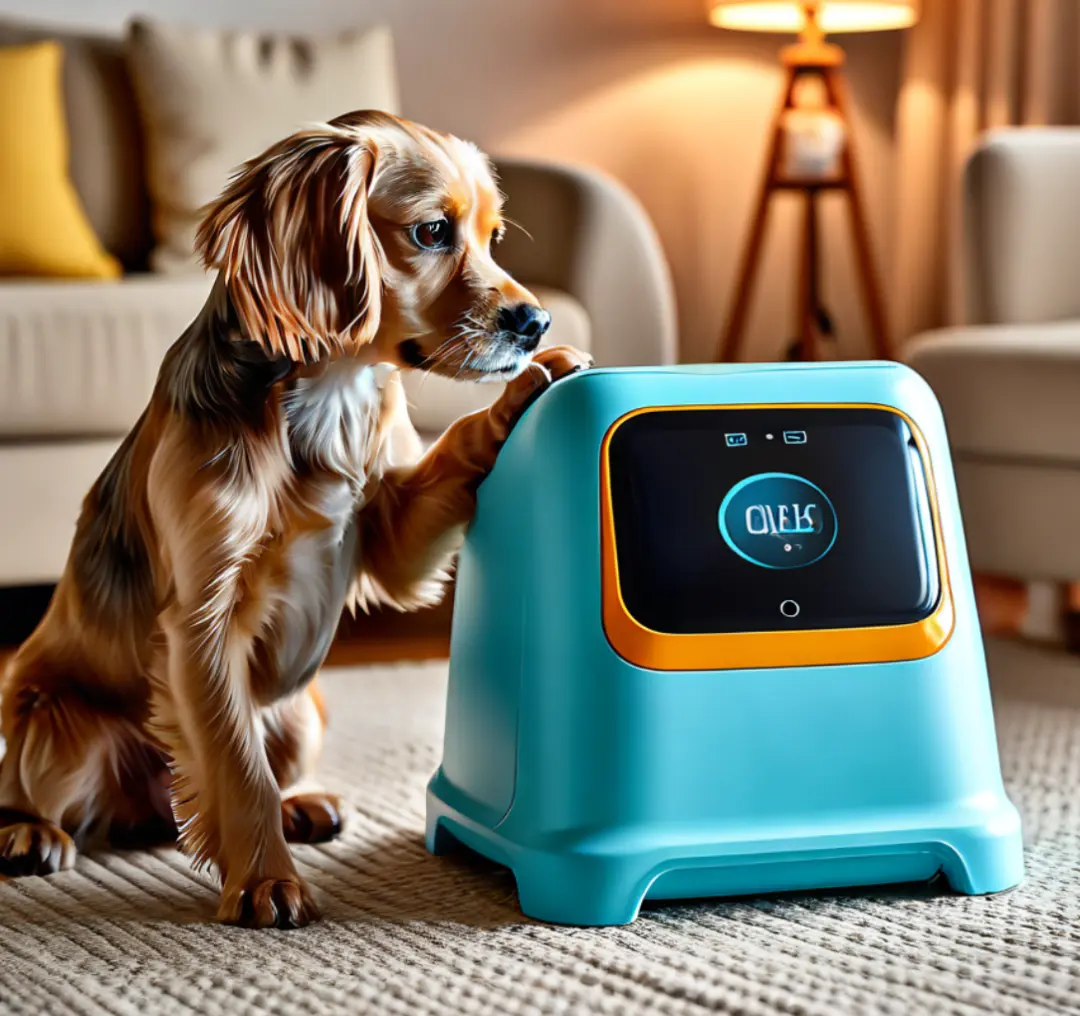 Pet Products CE Mark
Pet Products CE Mark
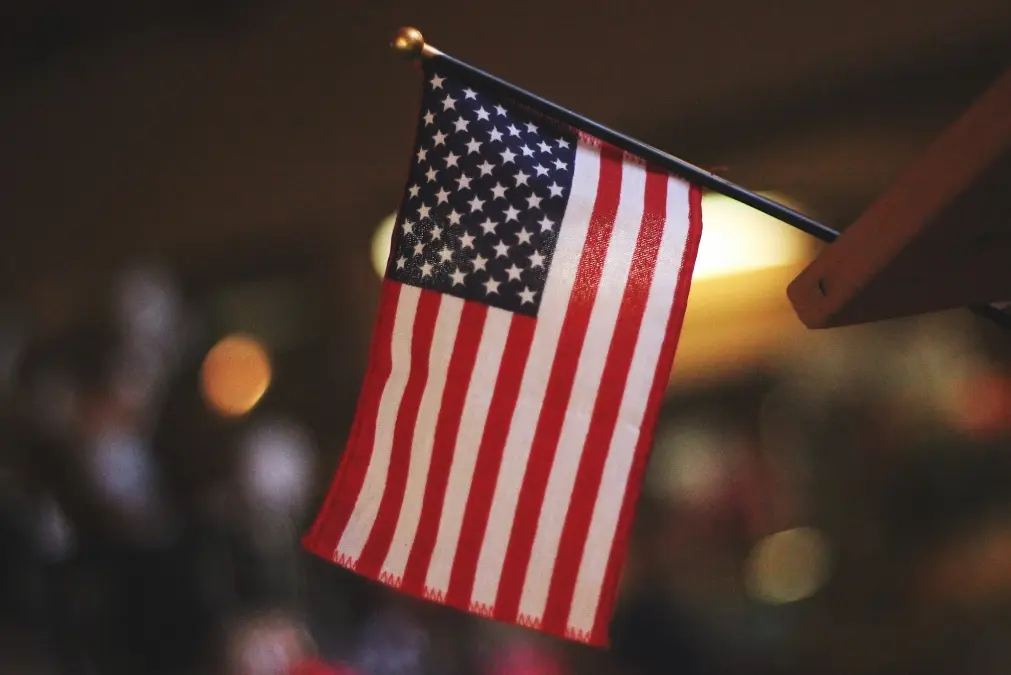 US Toy Safety Standards
US Toy Safety Standards
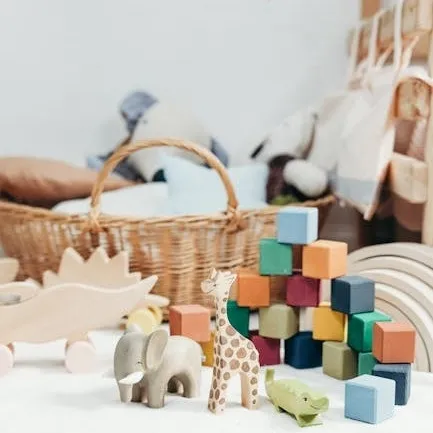 Toy Toxicology Testing CA
Toy Toxicology Testing CA
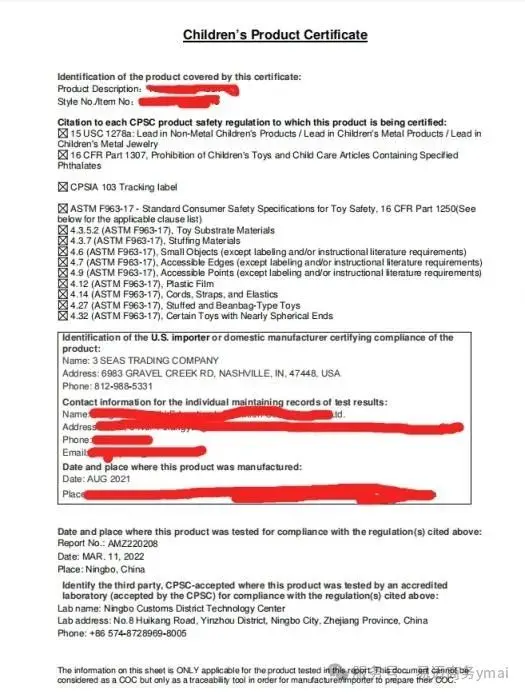 CPSIA Compliance for Children's Products
CPSIA Compliance for Children's Products
 Food Contact Items Testing
Food Contact Items Testing
Leave us a message
24-hour online customer service at any time to respond, so that you worry!




